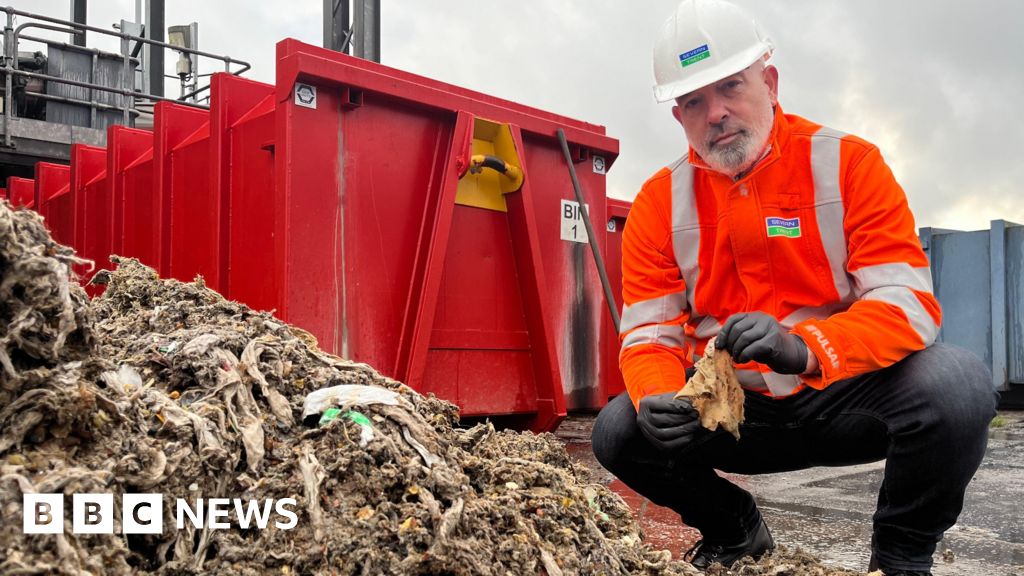Auto Amazon Links: No products found. Blocked by captcha.
A significant cleanup effort is currently underway in Monmouth, a town in south Wales, following severe flooding caused by Storm Claudia. The storm unleashed a month’s worth of rainfall in just one day, causing the River Monnow to rise to unprecedented levels and leaving many areas submerged. A fundraiser established to support those affected has already raised over £72,500, demonstrating strong community backing in the wake of the disaster.
The flooding prompted Natural Resources Wales (NRW) to issue severe warnings, highlighting a “significant risk to life” as record-breaking river levels surpassed those seen during previous storms Dennis in 2020 and Bert earlier in 2024. The River Monnow’s surge led to inundation in Monmouth and nearby villages, with NRW indicating that it is exploring various strategies to better manage flood risks moving forward. Despite these efforts, former Monmouth MP David Davies expressed frustration over the ongoing lack of sufficient flood defenses in the region, suggesting that communities have been repeatedly overlooked despite raising concerns.
David Davies emphasized insurance difficulties for residents living close to the river, remarking, “People who live by the River Monnow cannot get insurance and others are now going to find it very difficult to get insurance.” He pointed out that areas like Skenfrith have long needed a dedicated flood defense system. “The NRW agreed with that but for one reason or another it, and I don’t want to do politics, but it just hasn’t happened and the area has lost out,” he said, underscoring a sense of missed opportunity.
Responding to these concerns, an NRW spokesperson acknowledged repeated flooding incidents in Skenfrith and noted ongoing consultations with the community and elected officials. While government assessments have favored property-level protection as the most viable and cost-effective solution, discussions about nature-based approaches to flood risk management are also underway with partner organizations. Meanwhile, local officials and residents continue the difficult task of recovery, with Monmouthshire councillor Ian Chandler describing Skenfrith as “pretty devastated” after its fourth major flood in six years. He detailed the extensive damage, including overturned oil tanks, widespread mud, and furniture ruined to the point of being discarded on streets.
Business owners in Monmouth also suffered heavy losses, with many premises covered in a thick layer of mud and silt. Rachel Hollingsbee, who runs the Bee You, Bee Beautiful nail bar, reflected on the damage: “It’s just a show of mud and silt. Every business has been covered with a thick, grimy layer which is where most of the damage has come from. It’s going to sit there if we don’t action it quickly.” Despite this, Mayor Jackie Atkin remains optimistic. She praised the “incredible” generosity of donors to the fundraiser and stressed the town’s resilience: “Monmouth is not shut for business, we’re definitely open.”
The intensity of the rainfall was exceptional. A rain gauge situated in the Black Mountains near Monmouthshire recorded 119.6mm of rain over a span of just over 36 hours, exceeding typical monthly levels. The resulting surge in river levels saw the Monnow reach 6.658 metres at Monnow Gate, breaking records previously set in the aftermath of Storm Dennis. While old flood defenses previously protected the town center, the flooding this time has prompted renewed calls for a thorough review and enhancement of flood risk strategies. Local authorities had been consulting on a revised Flood Risk Management plan during the summer, a process now viewed as increasingly urgent in light of the recent events
Read the full article from The BBC here: Read More
Auto Amazon Links: No products found. Blocked by captcha.










